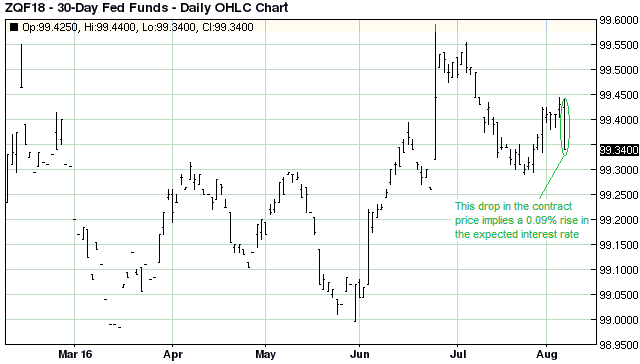James Altucher wrote a blog post several years ago that has stuck with me. The gist of the post was that the best way to deal with crappy people is to not engage with them in any way under any circumstances. Do not argue with them, do not attempt to give them advice, and do not make any effort to get them to like you. Just ignore them.
Altucher’s message has saved me a lot of aggravation over the years. Once in a while I fall into the trap of interacting with someone I should ignore, but I’m usually successful at preventing crappy people from disrupting my peace of mind — by essentially blotting them out.
I don’t have any crappy people in my personal life. At least, I don’t at the moment. However, as someone who publishes stuff on the internet I regularly attract emails from crappy people I don’t know. In the distant past these emails would sometimes annoy or disturb me and occasionally I would get sucked into a ‘tit for tat’ exchange, but no longer. I’ve learnt that there is no point trying to mud-wrestle a pig, because you both end up dirty and the pig enjoys it.
Just to be clear, I have no problem with polite criticism. In fact, when I write something that is logically or factually incorrect I am grateful if someone takes the trouble to explain where I went wrong. Crappy people, however, do not disagree in a polite and well-reasoned manner; instead, they launch insults.
Nowadays when I receive an email from a crappy person, I never respond. As soon as I realise the nature of the email, I delete it and add the sender’s address to my “blocked senders” list, thus ensuring that I will never hear from them again.
The best emails sent to me by crappy people are the ones that have an insult in the subject line, because I don’t have to waste time opening these. For example, last week someone sent me an email with “You are a moron” as the subject line. I don’t know what the email contained, because I never opened it. I just added the sender’s address to my “blocked” list and then deleted it. My guess, however, is that it was a reaction to a post I had published a day earlier (https://tsi-blog.com/2016/08/does-the-fed-support-the-stock-market/). The post in question debunked the claim that the Fed routinely props up the stock market by purchasing stocks, ETFs and/or futures, and I’ve discovered over the years that the surest way to provoke a vitriolic response is to write something that casts aspersions on a popular market-manipulation story or that expresses anything other than unequivocal optimism about gold and silver.
It has become easy for me to ignore emails from crappy people I don’t know, but it’s a lot more difficult, and not always possible, to ignore such people in our personal or business lives. However, if there are certain crappy people you can’t completely blot out, for example, if your boss is one or your sister is married to one, then you should at least minimise your interaction with them. Life is too short to do otherwise.
 Print This Post
Print This Post

